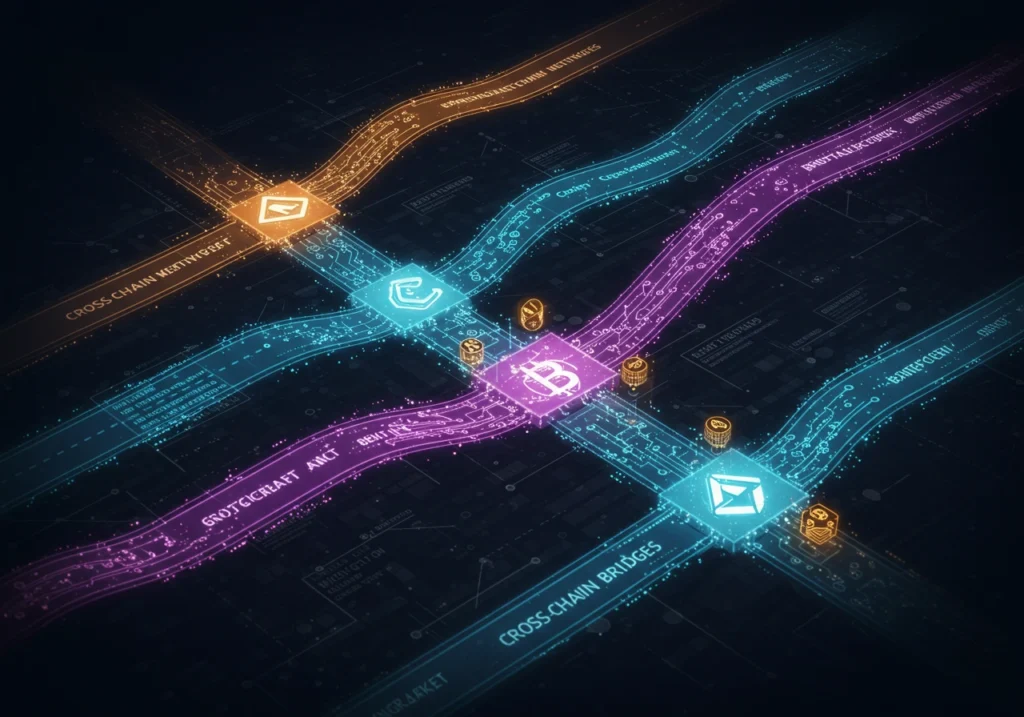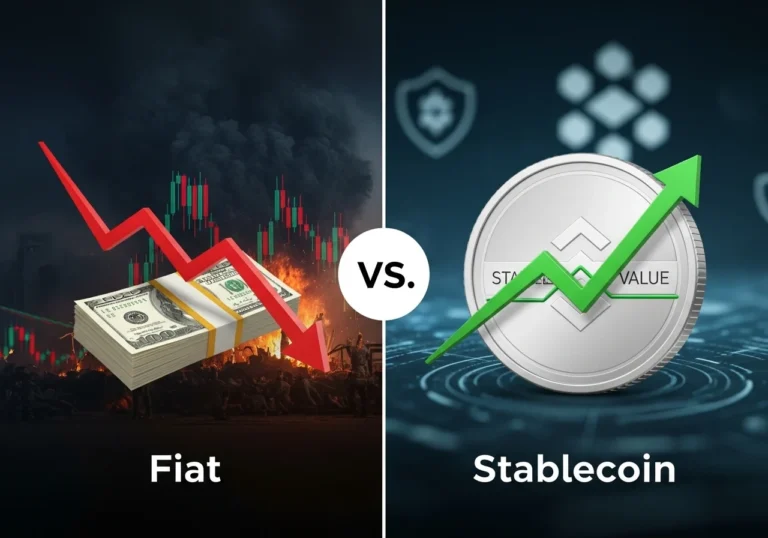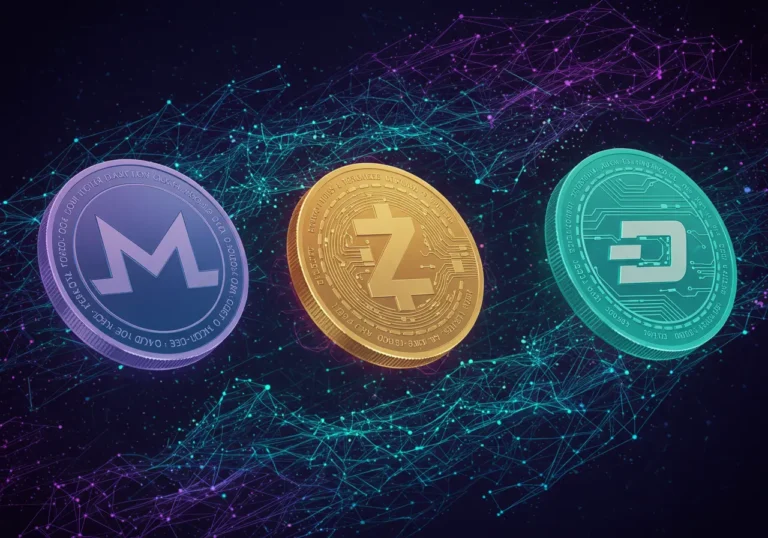Cross-Chain Bridges in Crypto: How They Work and Why Security Matters
What’s a Cross-Chain Bridge, Anyway?
Imagine two islands. On one, you’ve got your home base—your coins, your stuff. On the other? Better deals, faster boats, cool new tools. Sounds great, right? But there’s a catch: no way to get from one island to the other. Unless… you build a bridge.
That’s exactly what a cross-chain bridge does in the crypto world. It connects two different blockchains—those digital ledgers that track all your crypto transactions. Since blockchains don’t naturally talk to each other, a bridge makes it possible to move your assets across ecosystems. So you can send your tokens from, say, Ethereum to Avalanche, or from Solana to BNB Chain.
A blockchain’s like a notebook, right? Every time you send or get coins, it’s written down. But each blockchain has its own style. One might be slow but super safe, while another’s quick and cheap. Normally, they don’t mix. That’s where the bridge steps in—it lets you take your coins from one notebook and use them in another. For instance, I’ve got tokens on Ethereum, but I want to zip them over to Binance Smart Chain because it’s faster. A bridge makes that happen.

Why Should You Care?
So, why not stick to one blockchain? Good question! Thing is, each one’s got its own perks. One’s a tank for security, another’s a racecar for speed. With a cross-chain bridge, you’re not locked in—you can bounce between them and grab the best of each. It’s like having a favorite bakery for bread and a fruit stand across town. Why settle for one when you can hit both?
That’s what folks call interoperability between blockchains—a mouthful, I know. Basically, it means your crypto gets to play nice across different systems. More options, more fun. I’ve been amazed at how it opens things up.
How Does It Actually Work?
Here’s the simple version. Your coins don’t really hop from one blockchain to another. Instead, the bridge locks them up safe on the first one—like stashing cash in a lockbox—then hands you new coins on the other side that match what you locked away. It’s like swapping your dollars for euros at the airport, but you can switch back anytime.
Say I’ve got 10 coins on Island A. I use the bridge, and it locks those 10 up. Then I get 10 new coins on Island B to spend. When I’m done, I trade back, and my original coins pop out of the lockbox. That’s the transfer of assets between networks in a nutshell.
There’s two flavors of bridges out there:
- Centralized bridges: A company runs it. You trust them to carry your coins over.
- Decentralized bridges: No middleman—just smart contracts, like little robot workers, handling it all.
Both get the job done, but they’ve got their quirks. We’ll talk risks in a sec.
Are These Bridges Safe?

Alright, here’s the real talk. These bridges are handy, but they’re not foolproof. It’s a bit like crossing a creek on a wobbly log—you’ve got to watch your step. I don’t want you falling in, so let’s look at what could go wrong.
Those robot workers? They’re coded by humans, and humans mess up. If there’s a glitch in a smart contract, hackers can swoop in and nab your coins. I read about a bridge called Wormhole losing over $300 million once—crazy, right? It’s like leaving your house key under the mat and hoping no one finds it.
With centralized bridges, it’s different. You’re betting on a company to keep things tight. If they slip up or get hit by hackers, poof—your coins might vanish. It’s like lending cash to a buddy who’s not great with money.
What Could Go Wrong?
Let’s break it down quick:
- Robot Fails: A bug in the code, and boom—hackers clean out the bridge.
- Shady Middlemen: With centralized ones, if the company flops, your stuff’s at risk.
- Fake Bridges: Scammers set up traps pretending to be legit. You send coins, they disappear.
- Traffic Jams: Some bridges can’t handle big loads. Too many coins at once, and it stalls.
It’s not all doom and gloom, but you’ve got to keep your eyes open.
How Do You Stay Safe?
I’ve learned a few tricks to keep my crypto safe, and I’ll pass them on. Think of it like checking a ladder before you climb.
- Poke around first. Has the bridge been solid for others? A quick Google can save you headaches.
- Stick with the big names—bridges folks trust. They’ve got a track record.
- Test the waters. Send a couple bucks first, not your whole stash.
- Guard your keys—those secret codes to your wallet. Never share them.
- Double-check the site. Scammers love fakes that look real.
Take it slow, and you’ll be fine.
What’s Coming Next?
Here’s the good part—bridges are getting better. People are cooking up multi-chain bridge solutions, linking tons of blockchains like a big highway. It’s all about smoother, safer trips between them. Someday, moving coins might be as easy as texting a friend. For now, though, we play it smart.
Let’s Wrap This Up
So, cross-chain bridges are your ticket to roam the crypto world, hopping between blockchains to mix and match what’s best. It’s exciting stuff—like picking your favorite goodies from different stores. Just watch out for shaky spots or tricks that could trip you up.
Stick to the basics—check it out, start small, keep your keys close—and you’ll roll through just fine. Thanks for hanging out with me on this! It’s been fun breaking it down. Got more crypto questions? I’m around. Stay safe out there!
Table of Contents

Hello, I’m Edmilson Dias, founder of CoinBringer. I created this platform to guide people through the fast-moving world of cryptocurrency with clarity and safety. With years of research in blockchain and digital security, my goal is to translate complex topics into practical knowledge, offering reliable tutorials, safety insights, and guidance for both newcomers and experienced users.
Discover more from CoinBringer
Subscribe to get the latest posts sent to your email.







